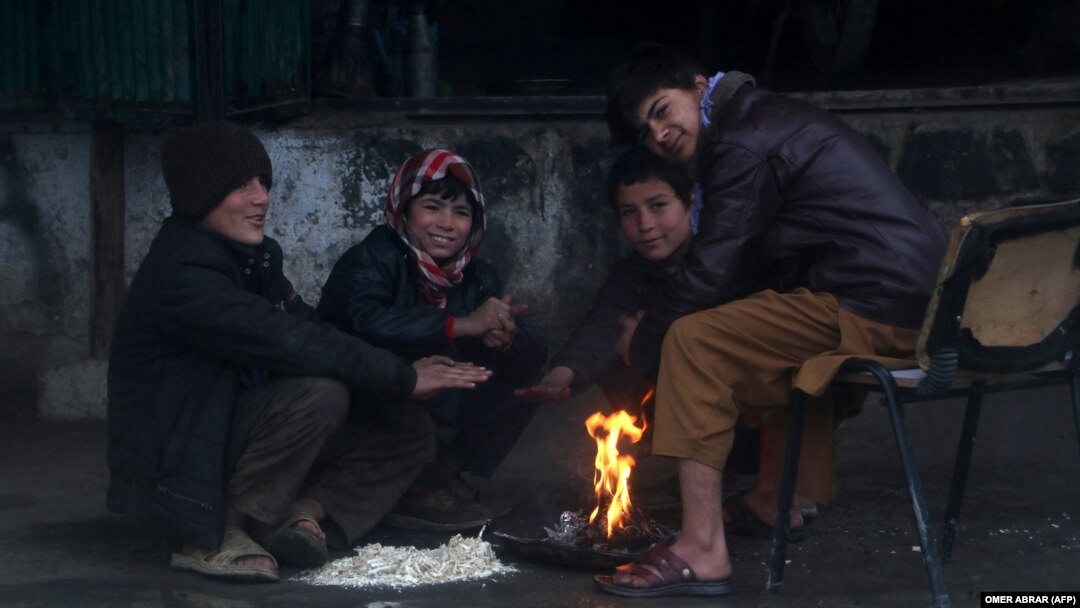Ongoing snowfall and rain that ended a long dry spell in Afghanistan are now bringing new problems to impoverished Afghans across the country as heating needs jump while humanitarian aid deliveries are impeded.
Since January 28, most of Afghanistan’s 34 provinces have experienced snowfall or rain.
While the precipitation has been widely welcomed because it will help avoid a much-feared drought, some of the most vulnerable Afghans are struggling in its aftermath.
Many citizens don't have the means to buy gas, coal, wood, or fuel to cook and heat their households. Those who live in remote regions also face humanitarian aid delays as the heavy snow makes roads impassable.
“People face serious problems after all the rain and snow,” Ali, a resident of the northern Balkh Province, told RFE/RL’s Radio Azadi.
“We don’t have any money and remain hungry," he added.
Khatira, a resident of the capital, Kabul, says her family is miserable because of a lack of heating in the cold winter.
"We cannot keep our children warm by giving them proper clothes or food this winter," she told Radio Azadi.
Some Afghans are unable to do their jobs because of the weather conditions, curtailing their already meager income.
"We don't even have a little food to survive because there is no work, and we are losing hope," Noor Agha, another Kabul resident, said.
Meanwhile, the UN World Food Program says the weather has cut 10 million people off from food aid in Afghanistan.
“Most of whom have to choose between feeding their children or keeping them warm,” the organization said on X, formerly called Twitter.
According to the UN, Afghanistan is expecting a further deterioration in food security by March. Some 15.8 million Afghans, or 36 percent of the total population of over 40 million, will require food aid by the spring.
According to the UN Office of Coordination of Humanitarian Affairs (UNOCHA), some 29.2 million Afghans out of a population of more than 40 million need humanitarian assistance.
The UN plans to reach 22.3 million of them with more than $3.2 billion in humanitarian funding.


